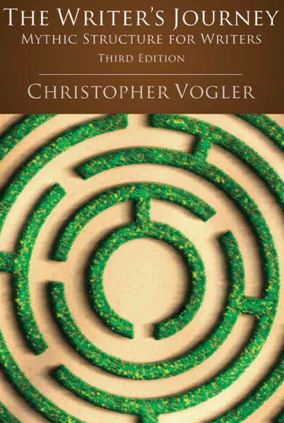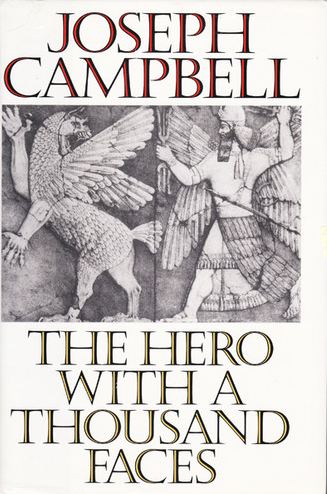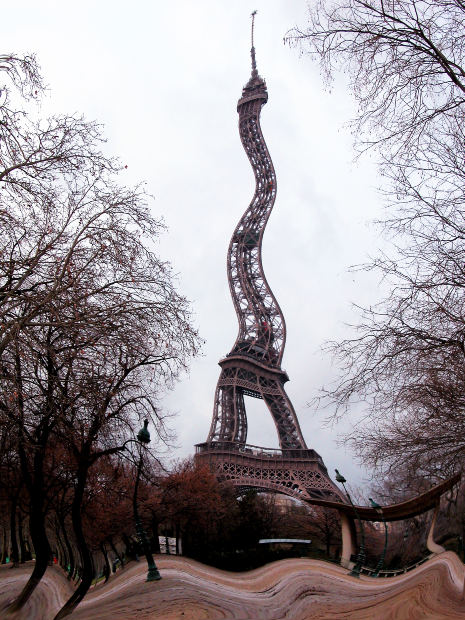 I have friends who don’t want to their writing to be cookie-cutter, fill-in-the-blank stories, thus they hesitate to read books on story structure.
I have friends who don’t want to their writing to be cookie-cutter, fill-in-the-blank stories, thus they hesitate to read books on story structure.
There are many more people who just want to write stories than there are people who want to study how to write stories.
Writing can be fun and exhilarating. A spurt of creativity and words pouring onto the page sometimes trigger a euphoric “high.” However it is an understanding of story structure is the skeleton that supports the creatively-inspired splashes of color, flair, and imagination.
The Writer’s Journey by Christopher Vogler is a time-honored classic with regard to story structure. In this book he lays out the elements of The Hero’s Journey as it occurs in Joseph Campbell’s book The Hero with a Thousand Faces.
Vogler’s book was much-needed in its process of simplification and explanation of Campbell’s ground-breaking research on mythic story structure.
I have read both Campbell’s and Vogler’s book, and I can now say using the second to interpret the first was hugely helpful as it made the concepts far more practically applicable to my writing.
Vogler opens his book with an introduction to myth and story’s classical archetypes. He offers the helpful allegory of thinking of archetypes as masks that a character wears, rather an a permanent trait.
Thus, the innocent and naive heroine might also play the part of a mentor and a herald and even, perhaps if she is wounded in such a way that shatters her convctions, she might rise as a dark and dangerous shadow. I’m using archetype terminology here, to furnish my example.
This insight into the varied archetypes, with examples drawn from well-known films, helped me to understand the broad range of roles and missions each character may have and how it shifts throughout the course of the story.
 The next section of the book details the stages of the journey with healthy, well-fleshed examples and explanations for each one. Whereas The Hero with a Thousand Faces mentions these, the format which Vogler uses to explain the basic idea of each stage and followed with possible variations (also with film-based examples) helps to cement each variation concretely in the mind of the reader.
The next section of the book details the stages of the journey with healthy, well-fleshed examples and explanations for each one. Whereas The Hero with a Thousand Faces mentions these, the format which Vogler uses to explain the basic idea of each stage and followed with possible variations (also with film-based examples) helps to cement each variation concretely in the mind of the reader.
This section of the book also brings to life nuances of story. One of my favorites was a depiction of how many stories have two climaxes, rather than just one.
For those of you who studied creative writing in college, this may strike you as a surprise. It did for me, and I read this section carefully. Two climaxes? Not always, but often.
At the end of each chapter, Vogler gives a list of questions, meant to cause the reader pause and reflection on the story s/he is writing, to explore answers to the story’s stages and how the hero might overcome or fail to surmount certain guardians or obstacles lurking atthe portal to key thresholds.
Given the mythic nature of Joseph Campbell’s work, it might seem that The Writer’s Journey lends only toward stories like Lord of the Rings or Gladiator. Classical-themed stories with strong heroes, huge feats of courage, etc.
Though the structure does work for these said stories, Vogler goes to show how it also works for romantic comedies, horror stories, and action adventures.
In other words, folks, this works for all stories.
 This book is designed for screenwriters. I’ve heard it said that novelists should seriously consider studying writing for the screen because it is grounded in firm plotting and structure–something that many of us thought we might be able to do without. It’s kind of like starting to construct a building without a firm plan in place.
This book is designed for screenwriters. I’ve heard it said that novelists should seriously consider studying writing for the screen because it is grounded in firm plotting and structure–something that many of us thought we might be able to do without. It’s kind of like starting to construct a building without a firm plan in place.
I’ve written many a story without sketching a plot, and there short stories that let you get away with it. But when it comes to longer pieces, especially novels, studying The Writer’s Journey will start you down the road to understanding the bones beneath the story and these point the way from scene to scene; these keep it from sagging. .
The style of this book is accessible and easy to follow, another refreshing contrast with Hero with a Thousand Faces.
There is still plenty of room for exploration and freedom. I would strongly encourage writers, especially those seeking to get published and make a career out of writing, to pick this book up and give it a careful study.
Lastly, I recommend reading both books. A well-published author recommended to me six books, several years ago, that are required primer reading for an aspiring author. Both Hero with a Thousand Faces and Writer’s Journey were on that list.
Read one, then interpret it with the other. You’ll be glad you did.
Are you struggling with your story structure right now? Do you hate plotting? Do you love it? Where do your stories tend to sag?